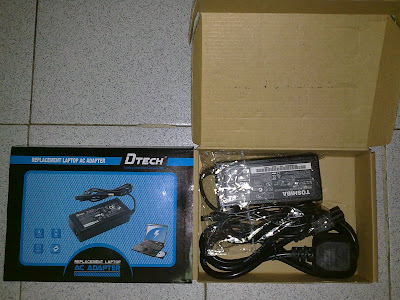Whilst useful for many purposes, some external AC adapters have attracted criticism. Problems with this type of power supply may include:
- Size — Power supplies which plug into the mains directly without using a plug on a cable (true wall warts) are bulkier than bare plugs; sometimes they are too large to plug into power sockets with restricted space, or into adjacent sockets on power strips.
- Weight — Some AC adapters can be heavy, exerting excess weight on the plug socket (this depends on the socket design of the country in question). Some external power supplies are "power bricks" having a short AC cord so they can lie on the floor, thus relieving strain, at the expense of clutter. Other wall-hanging types are made long and thin, minimizing the leverage of their weight vector that pulls the plug out, at the expense of exacerbating the size problem. The weight for equipment that must be carried (e.g., for travelling) is not a disadvantage of external supplies, as the alternative is an equally heavy internal supply; in many cases a single universal supply can replace several proprietary ones.
- Inefficiency — Some idling power is wasted if the power supply is left running after being disconnected from the equipment.
- Confusion — External power supplies are often generic and not clearly marked to identify the equipment they are designed to power. It is very easy to separate power supply and equipment, and difficult to re-match the many power supplies and devices that users often had.
- Compatibility problems — There is no standardisation of connectors; the same connector is often used for different voltages, and for both DC supplies and AC-to-AC transformers. This easily leads to using the wrong power supply, which can destroy equipment.


No comments:
Post a Comment